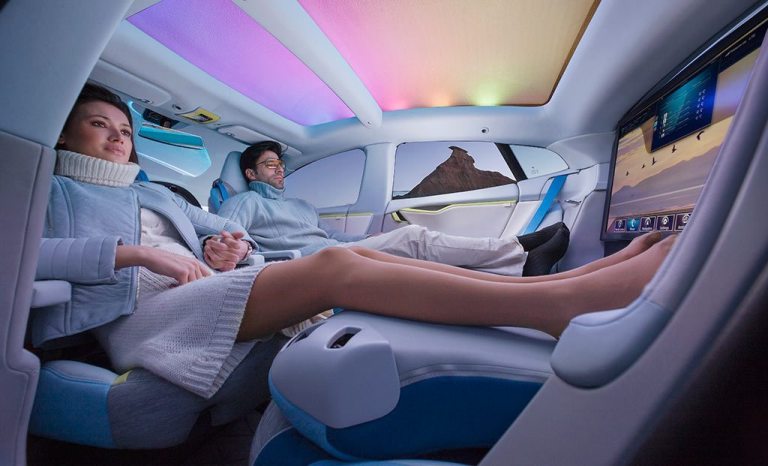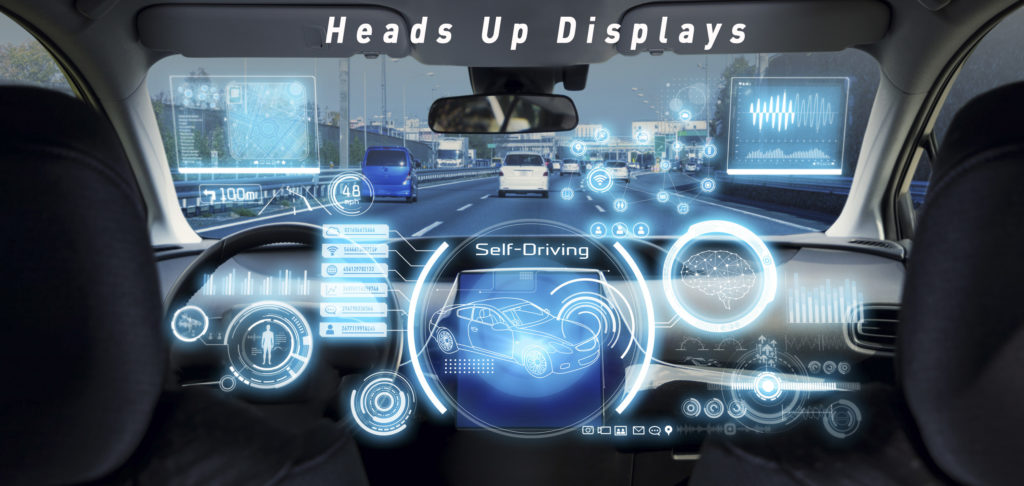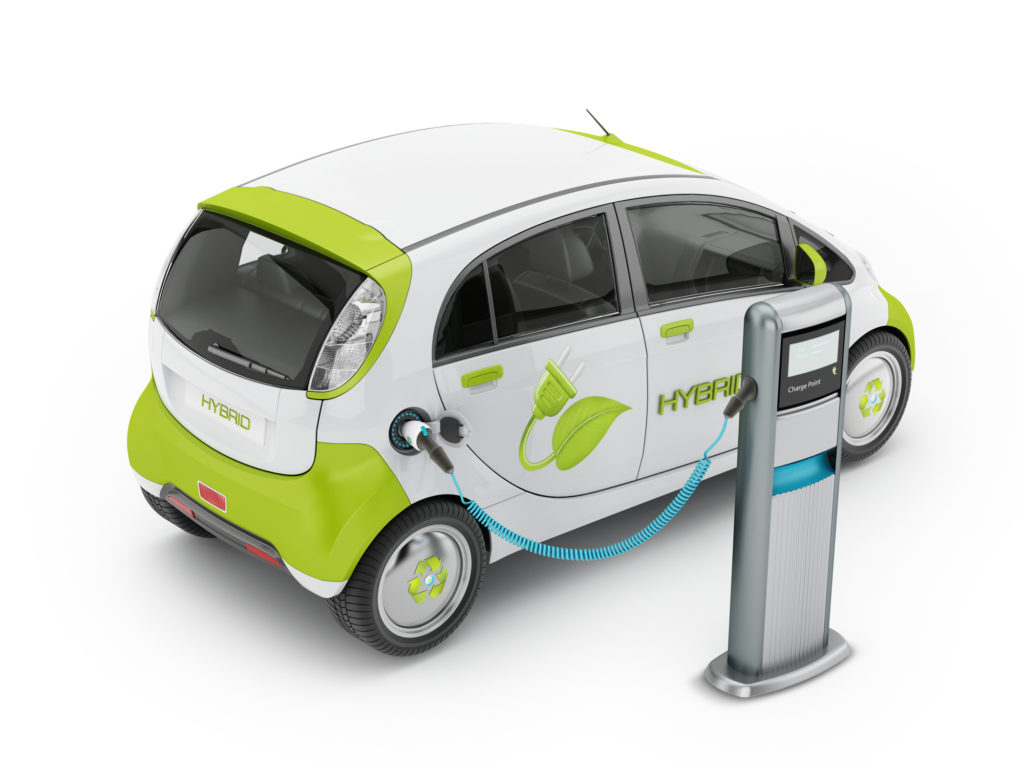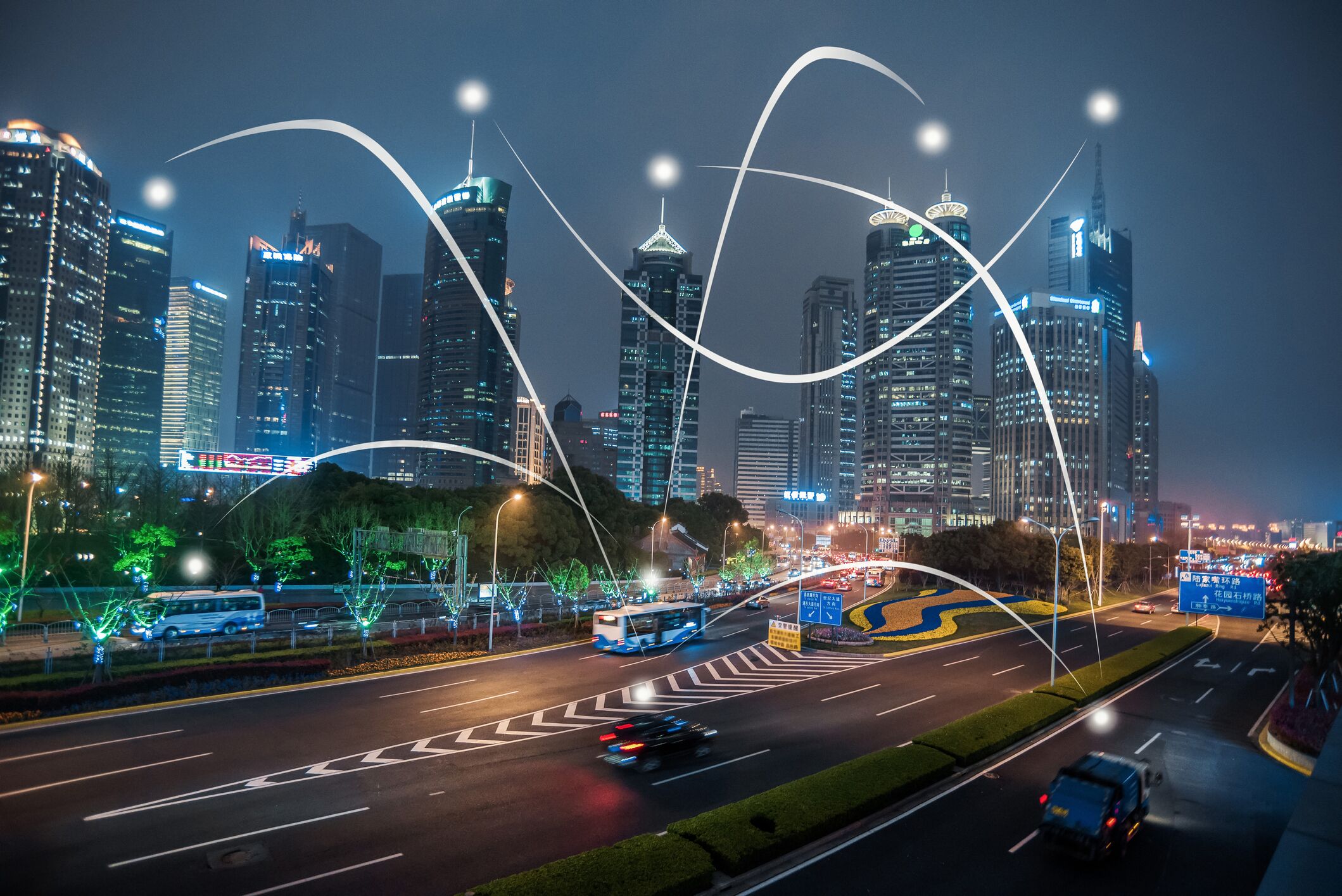“Plastics will be with you, for you, between you, around you, in front of you, behind you, next to you, above you, beneath you and beside you!”
It’s no exaggeration—plastics are well on their way to becoming an integral part of a sustainable future. They will be especially vital to new modes of transportation, particularly the ACES (Automated, Connected, Electric, and Shared) cars of the future. Let’s break down the definition of each:
- Autonomous: Self-driving or autonomous vehicles (AVs). These self-driving cars are also known as autonomous cars, driverless cars, or robotic cars, and are capable of sensing their environment and navigating through their surroundings with little or no human input.
- Connected: Connected vehicles (CVs). These vehicles “talk” to infrastructure and other vehicles electronically. They use the Internet, wireless local area networks, and short-range radio signals to obtain information for the operating equipment, then share this information with other vehicles and infrastructure.
- Electric: Electric vehicles (EVs). These vehicles use one or more electric motors or traction motors for propulsion. Electric cars run at least partially on electricity.
- Shared: Shared vehicles. These vehicles rely on GPS and wireless data (vs rails and subway) to connect with users. Shared transportation allows users to access transportation services as needed or on-demand. Examples include cars, bikes, app-based ride services and more.
Plastics will be an essential part of the ACES cars of the future, as well as essential to the transformative infrastructure necessary for their operation.

For example, with autonomous vehicles, thermoplastics and plastic films will be integrated into auto body exteriors, enabling engineers to mount LIDAR detection sensors into the design of a vehicle’s grill, side panels, or bumpers without aesthetic differences. Connected cars of the future that communicate with one another using data connectivity will also require more plastics in them, but that’s not all. The data warehouses which run on networked servers will be plastic-coated or protected by PVC, PTFE, and other plastics. As for electric vehicles, they will benefit greatly from lightweighting with plastics. This allows them to offset added autonomous technology weight and preserve their battery over long ranges.

So in the near future when plastics are fully and completely integrated into ACES, they will in more places that you may realize.
To start, plastics will surrounding you in comfortable new vehicle interiors. You will easily be able to find plastics right in front of you, as they will be used to build safety sensors that are seamlessly integrated into panels, lights, mirrors, windows, tops, logos, emblems, and laser headlamps to increase visibility and decrease energy use. Behind you and above you, plastic will be used in backup cameras and fold away video displays for on-road entertainment. They will also be beneath you, as LIDAR light-based radars will transmit through panel buttons with class A finished films. And finally, plastics will be beside you when you pull up to quick charging stations, where insulated plastics protect against high voltages.

A truly sustainable automotive future wouldn’t be possible without plastics! That’s why the Automotive Plastics and Polymer Composites Roadmap for Future Mobility is charting the path forward in autonomy, connectivity, circularity, electrification, shared mobility, and sustainability.

